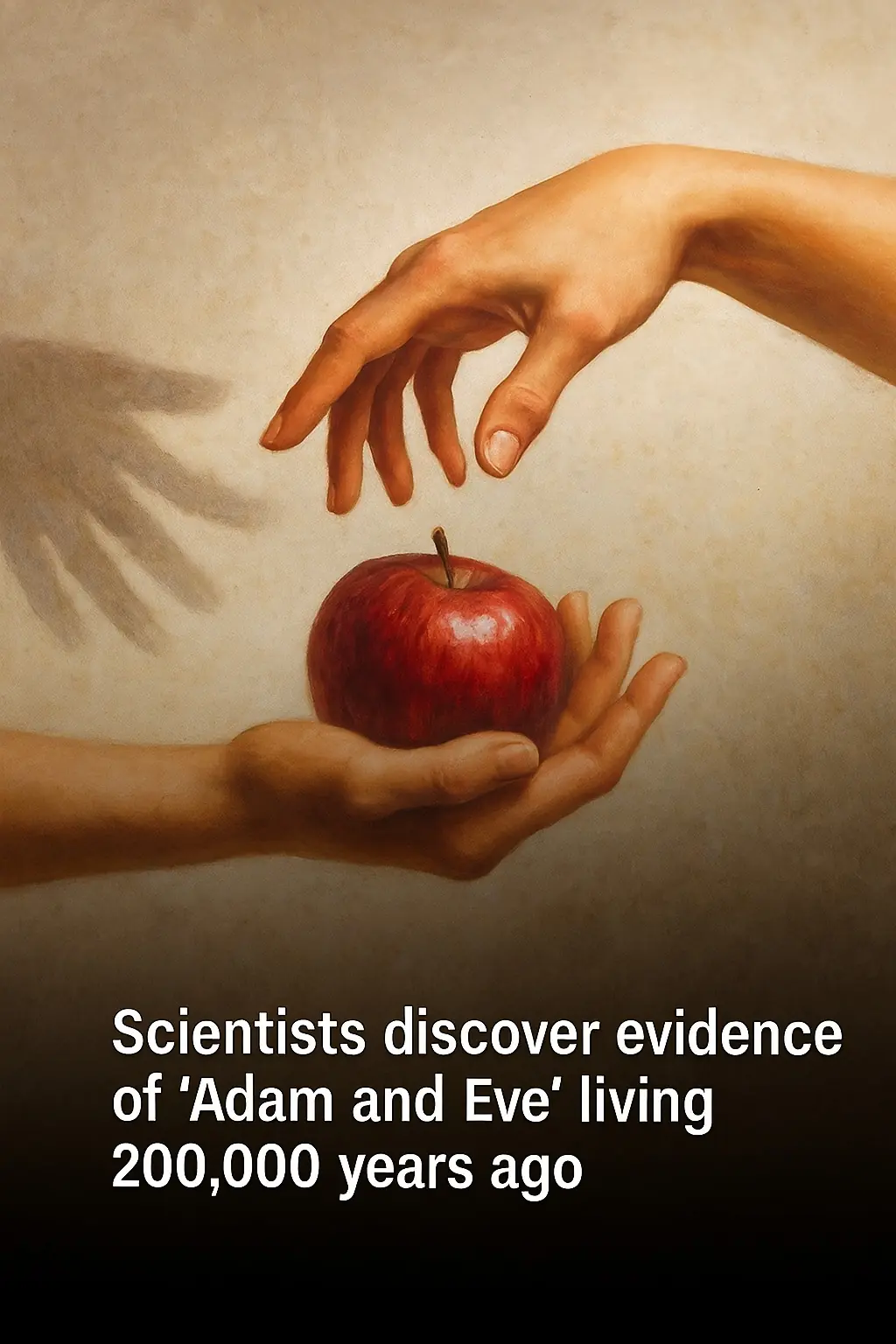
Japanese scientists delete chromosome that causes down syndrome
Japanese Scientists Achieve Breakthrough in Reversing Down Syndrome at the Cellular Level
In a groundbreaking scientific achievement, a team of Japanese researchers has successfully removed the extra chromosome responsible for Down syndrome using advanced CRISPR gene-editing technology — effectively restoring normal cell function for the first time in history.
The pioneering study, led by Dr. Ryotaro Hashizume at Mie University, marks the first instance of directly eliminating the genetic cause of Down syndrome at the cellular level. Using a novel and highly selective technique, the team managed to delete the third copy of chromosome 21 while preserving the normal two — a feat that represents a monumental step forward in the field of genetics and molecular medicine.
Understanding Down Syndrome and Its Genetic Basis
Down syndrome, also known as trisomy 21, occurs when a person’s cells contain an extra copy of chromosome 21. This additional genetic material disrupts normal development and cellular processes, leading to a range of physical and cognitive challenges.
Globally, Down syndrome affects roughly 1 in every 700 live births, making it one of the most common chromosomal abnormalities. Individuals with the condition often exhibit distinct facial features, intellectual disabilities, and a higher risk of medical complications such as congenital heart disease, thyroid disorders, and early-onset Alzheimer’s disease.
Despite decades of research, there has never been a way to directly correct the chromosomal imbalance — until now.
CRISPR Gene Editing: Targeting the Root Cause
Dr. Hashizume’s team employed a cutting-edge approach known as allele-specific editing, a refined application of CRISPR-Cas9 technology. Unlike standard CRISPR, which cuts DNA at general target sites, this method is programmed to identify and modify sequences unique to the surplus chromosome.
Once the extra chromosome 21 was cut, it became genetically unstable and was naturally lost during subsequent cell divisions. This precision ensured that only the redundant chromosome was eliminated, while the two normal copies remained intact.
Laboratory results revealed that approximately 30.6% of the treated cells successfully lost the additional chromosome. The corrected cells showed normalized gene expression, balanced protein production, and restored survival rates comparable to healthy, non-Down syndrome cells.
Even more impressively, the process proved effective in both stem cells and adult skin cells derived from individuals with Down syndrome — a sign that the technique could be versatile and adaptable for future therapies.
Potential Impact on Future Treatments
While the discovery is still in the early research stage and far from being applied clinically, scientists are optimistic about its long-term potential. By addressing the genetic origin of Down syndrome rather than its symptoms, this breakthrough opens the door to entirely new therapeutic strategies.
Future applications may include developing personalized regenerative treatments, improving neurological development, or reducing the severity of age-related conditions such as dementia in individuals with Down syndrome.
Experts emphasize that the study is not about altering human identity or “curing” Down syndrome, but rather about alleviating the medical complications that can shorten life expectancy and diminish quality of life.
Ethical and Scientific Considerations
As with all gene-editing innovations, the findings raise important ethical questions. Scientists and ethicists alike stress the need for cautious progress, emphasizing that any future therapies must prioritize safety, consent, and respect for human diversity.
Nevertheless, this achievement provides invaluable insight into the mechanisms of chromosomal disorders and demonstrates the extraordinary capabilities of CRISPR technology when applied with precision and care.
A Step Toward a New Era in Genetic Medicine
For now, the success remains confined to laboratory experiments, but it marks a historic leap forward in the quest to understand — and potentially correct — complex genetic abnormalities.
Dr. Hashizume and his team plan to further refine the technique to increase efficiency and explore how these edited cells behave in long-term cultures and model organisms.
If future studies confirm the safety and stability of this approach, it could revolutionize how we approach chromosomal disorders — offering hope to millions of families worldwide affected by Down syndrome and similar genetic conditions.
News in the same category


Discover Love in the Little Things: Everyday Connections

The Political Science Of Ending Animal Testing In The US

These organic burial pods will turn your body into a tree after you die
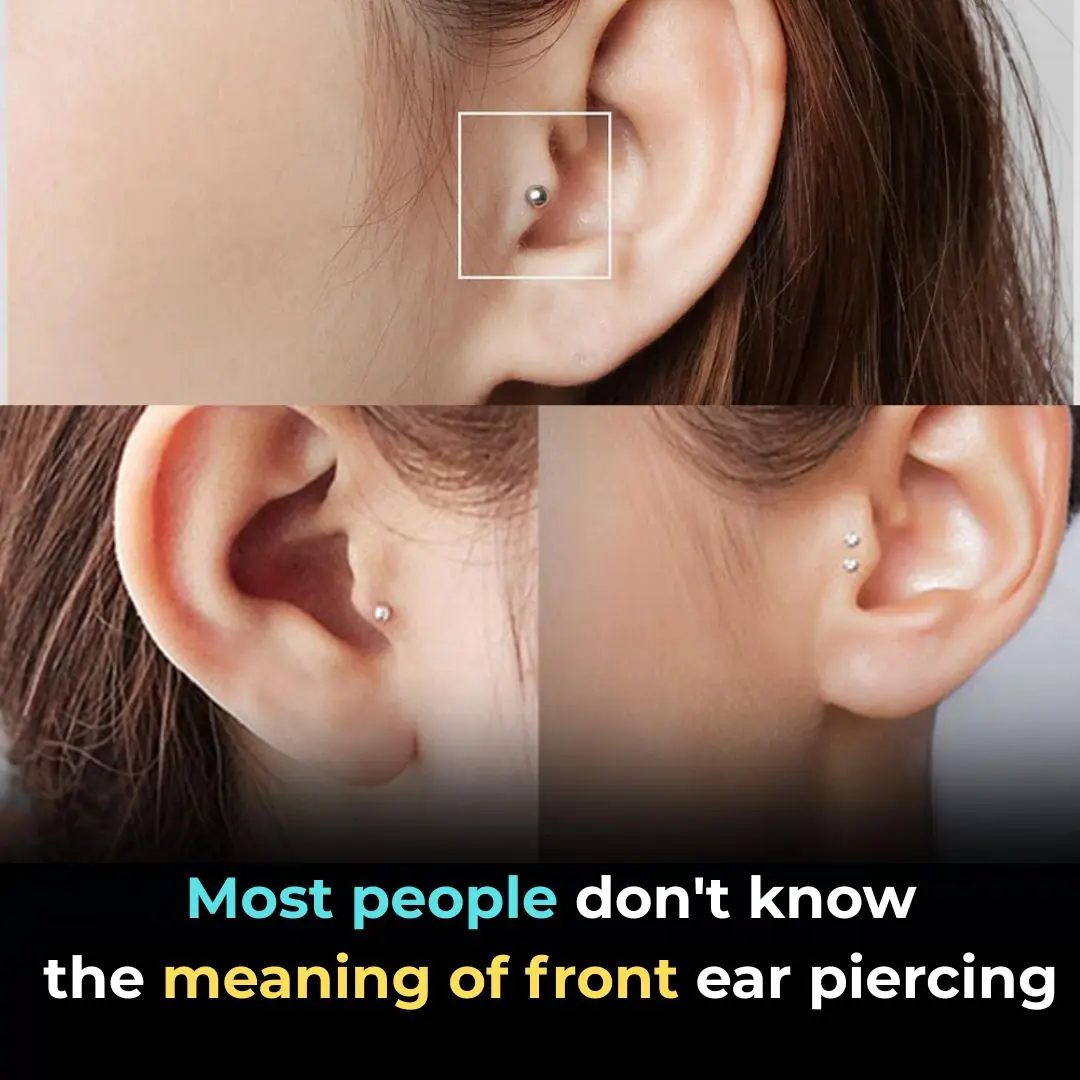
Tragus Piercing What Does It Mean

💪 Sarcopenia: Why Muscle Loss Happens & How to Fight It (After 50)

Princeton Just Changed Higher Education Forever: Families Earning Under $250K Won’t Pay a Single Dollar in Tuition

8 Signs That Two Souls Are Connected, No Matter The Distance

Can you spot the book, egg, cup, and pillow?
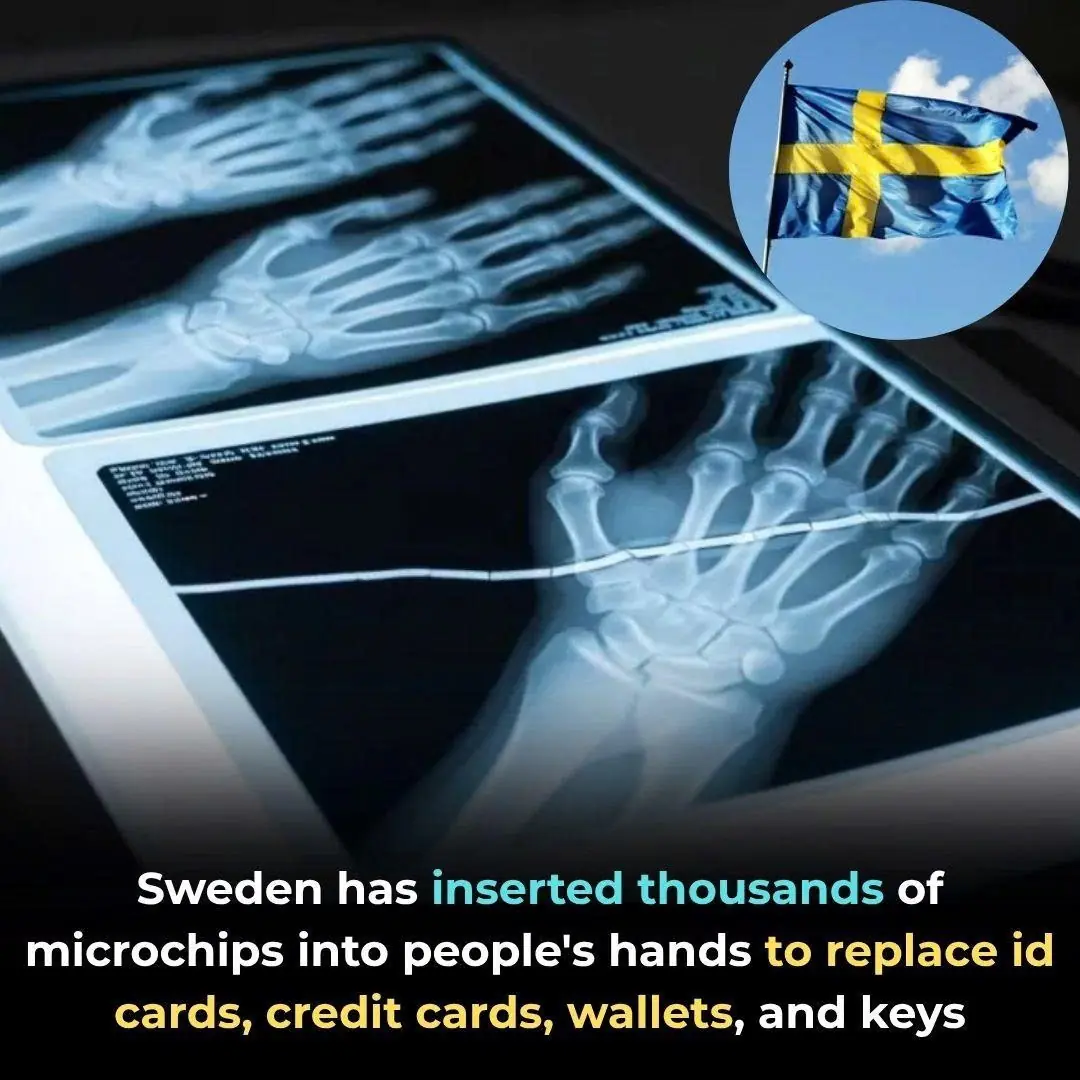
Inside Sweden’s Cashless Future: Thousands Opt for Microchip Implants

When a cat rubs against you, this is what it means

Zodiac Signs Most Likely to Have Prophetic Dreams

What Your Pile of Dirty Dishes Might Really Be Saying About You

Scientists Claim Black Hole Could Explode in the Next 10 Years—with 90% Certainty

9 Signs Your Partner Is Trying To Get Closer To You That You Might Not Realize

When a cat rubs against you, this is what it means

WHAT HAPPENS WHEN WE TONGUE KISS…See more
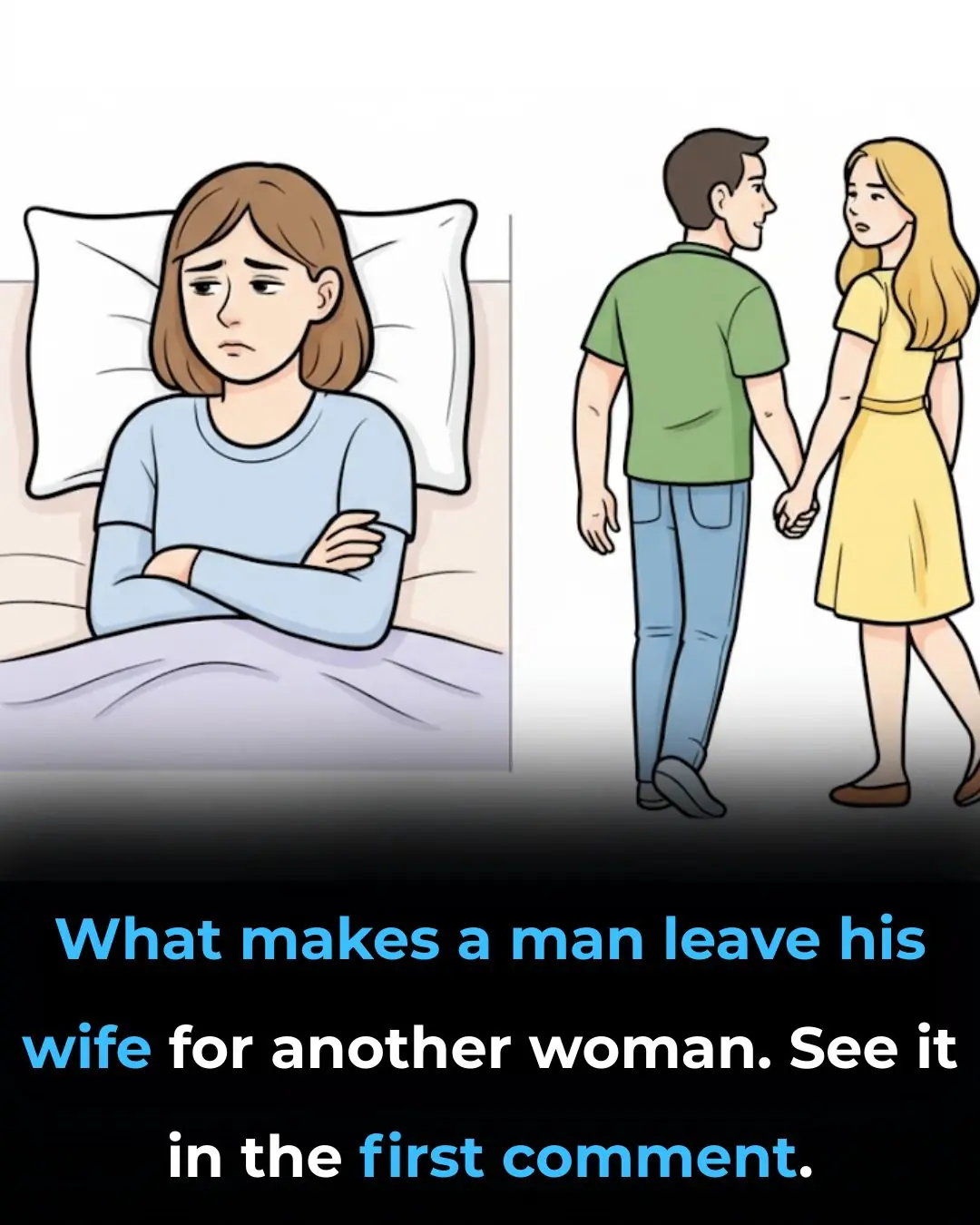
What makes a man leave his wife for another woman

How to Hold and Handle an Urn with Ashes: 3 Things You Should Always Remember
News Post

Can you spot the book, egg, cup, and pillow?
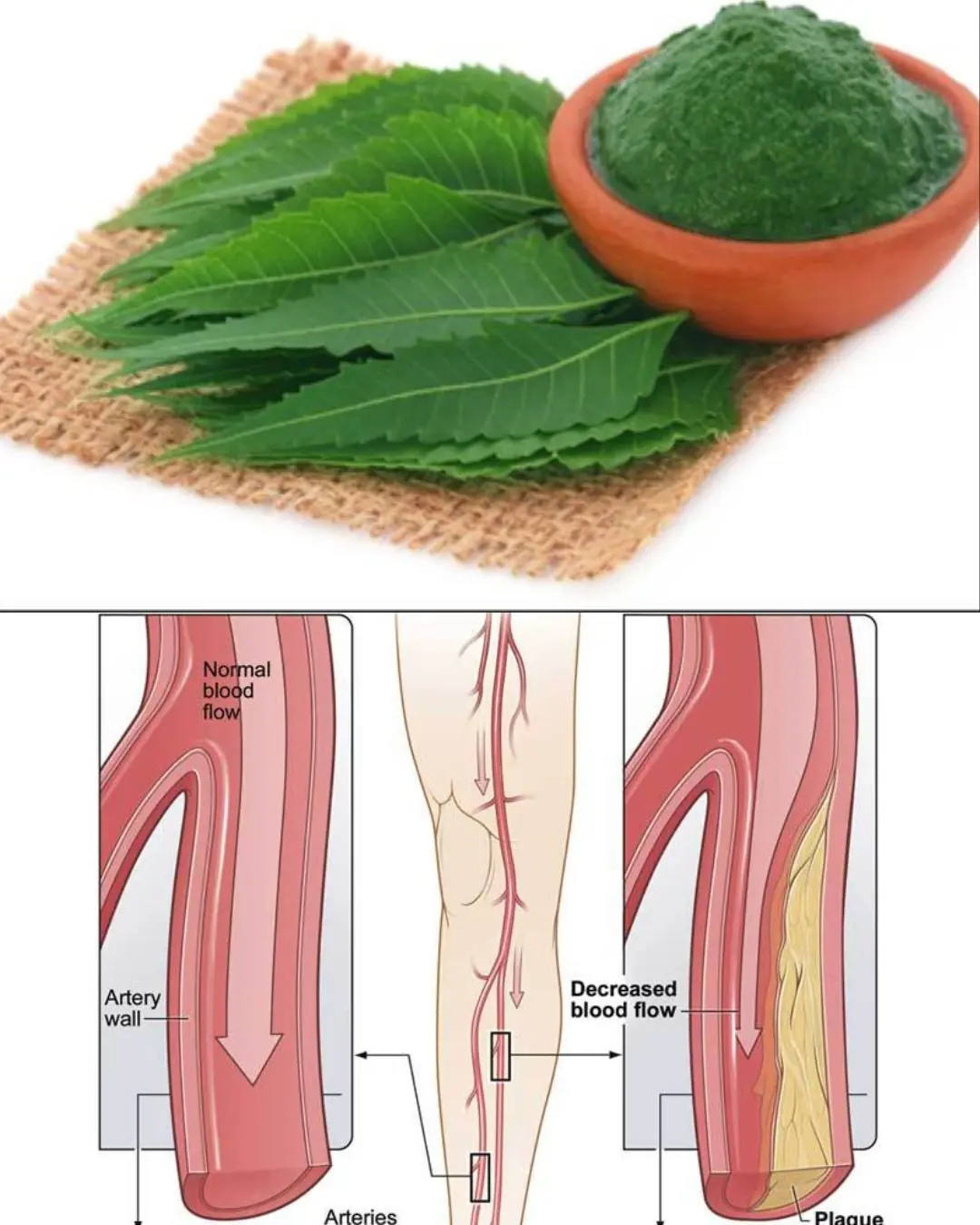
Neem: An Ancient Plant With Potential Health Benefits – What Science Says
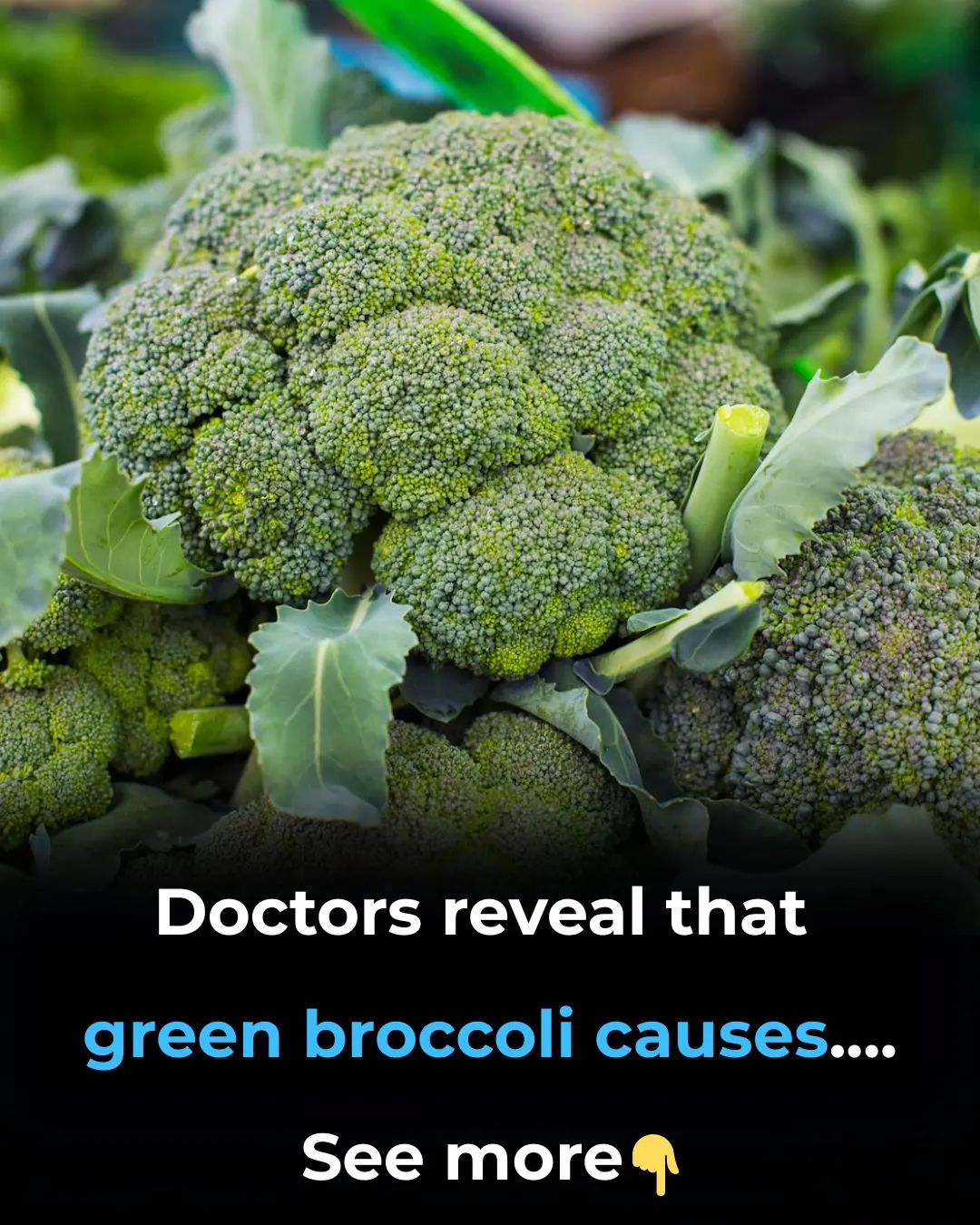
Doctors reveal that green broccoli causes...see more

Artery-Cleaning Foods: The One Meal Doctors Won’t Tell You About

The body will show 5 symptoms to remind you to eat less salt

5 foods that heal your body and STARVE cancer—eat these now!
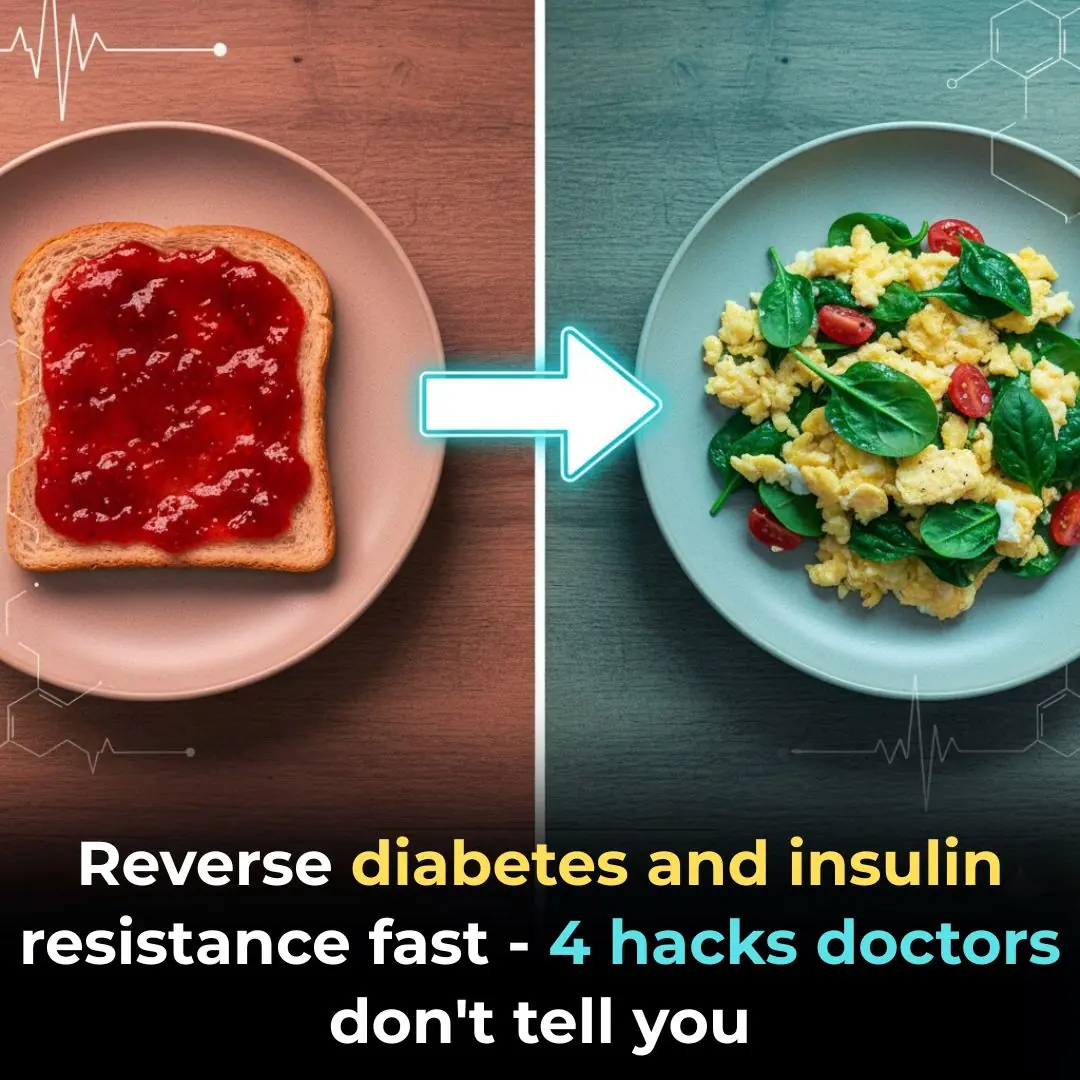
Reverse diabetes and insulin resistance fast—4 hacks doctors don’t tell you!

This is Why You Always Wake Up in the MIDDLE of the Night (and how to make it STOP)

They were wrong about fasting — here’s what 30 hours without food really does to your body

You're doing it all wrong. Here’s the right way to store avocados

8 reasons why adding baking soda to your toilet tank is a must-do trick
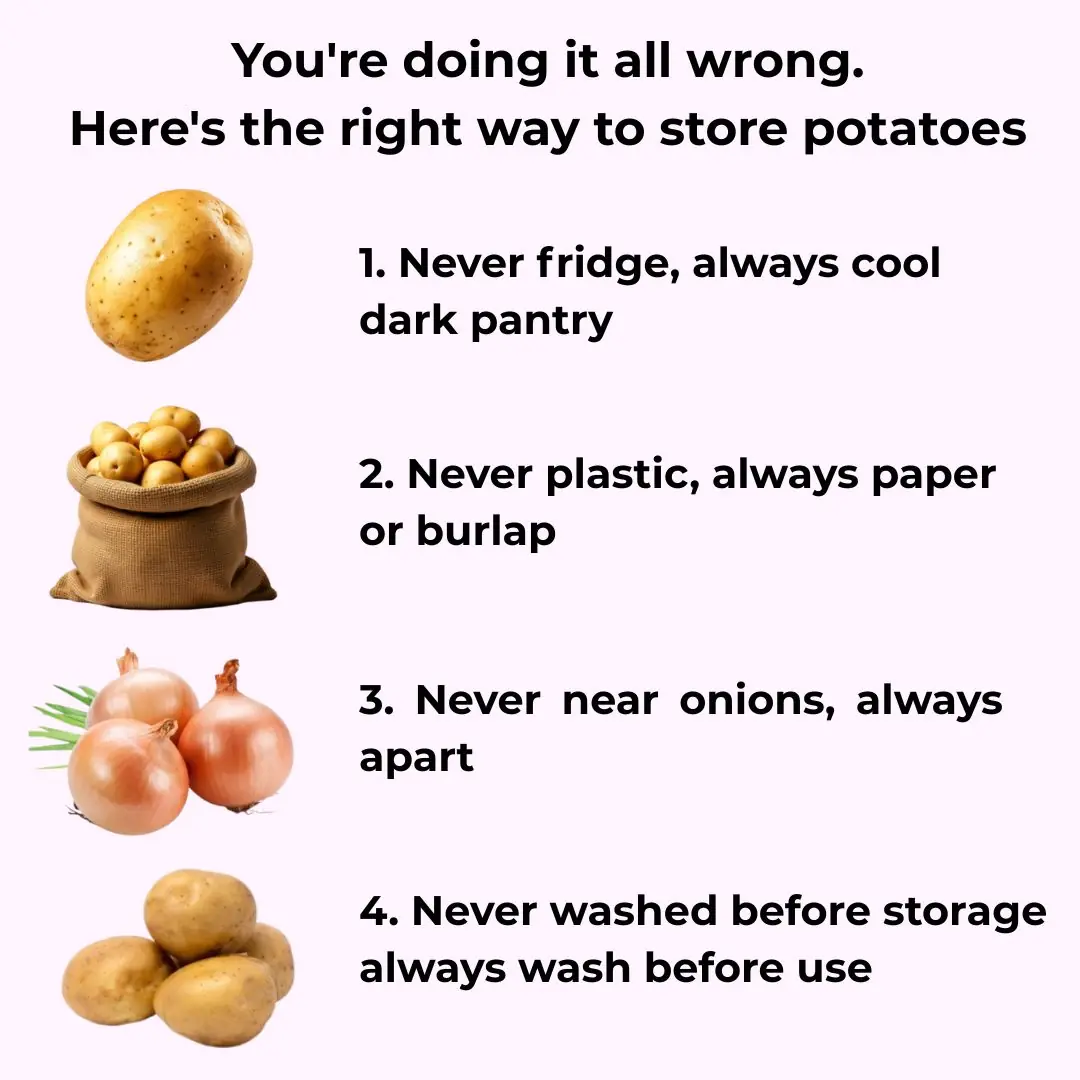
You're doing it all wrong. Here’s the right way to store potatoes

Washing machine stays clean all year without scrubbing thanks to a common household liquid, saving millions every year 👇👇

Aster flowers, the 'miracle cure' hidden in roadside wild plants

A miracle will happen when you place a handful of pepper under your bed, too bad I just found out 👇👇👇

Don't boil chicken with salt and plain water, or it will turn out fishy and reddish. Try this method for golden skin and sweet meat.

Don't throw away tea that's been left overnight: It has up to 5 amazing uses that everyone will love

The Best Tea for Mornings and After Dinner: A Powerful Blend for Health

Homemade Vitamin E Cream for Face – Vitamin E Oil benefits for Skin
